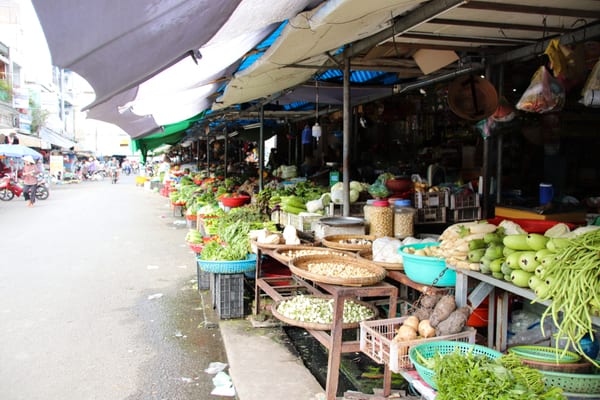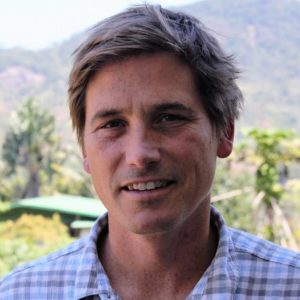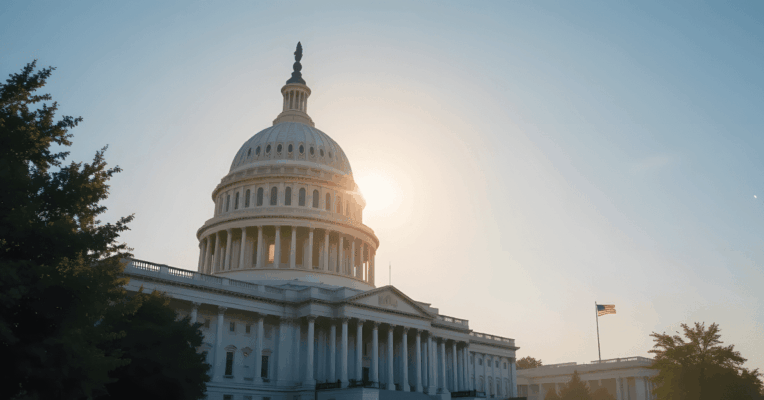Expert Interview: Can Philanthropy Disrupt Future Pandemics?

The current global health crisis has brought painful attention to the devastating impacts of an economy where almost a quarter of workers lack paid sick leave in addition to other essential benefits.
While our current attention is rightly on supporting medical professionals and the most vulnerable members of our communities, I couldn’t help but wonder if and how donors can contribute to minimizing the chances of an outbreak like this happening again.
I reached out to Natasha Dolezal, JD, the director of Lewis and Clark Law School’s International Animal Law program at the Center for Animal Law Studies, and Matthew Bonds, an assistant professor of Global Health and Social Medicine at Harvard Medical School, to understand the issues from their perspectives.
Natasha is a former deputy district attorney in Oregon. She had a hand in the state’s successful ballot measure addressing wildlife trafficking in endangered and threatened species. She is responsible for building capacity in animal law, advocacy, and legal education around the world.
Matthew has doctorates in economics and infectious disease ecology. He uses mathematical models of ecological systems to understand the dynamics of poverty and disease. He is also a co-founder and director of research at Pivot, a health care delivery organization in Madagascar. Matthew also happens to be my husband, so it wasn’t hard to track him down amid social distancing.
What exactly is coronavirus?
Matthew Bonds: Coronaviruses are a group of viruses that have been endemic to mammals and birds for thousands—maybe millions—of years. They were first discovered in humans in the 1960s, causing mild respiratory symptoms, such as with the common cold. This new strain—SARS-CoV-2, which causes COVID-19—was first detected in China in December 2019.

How does this “jump” happen?
Matthew: The virus is endemic to some animals without appearing to cause disease. Shedding from bodily fluids and mutations allow it to invade other species. The virus likely first infected an animal traded in wet markets, where there is close contact between people and animals. In fact, in some cases, people live in the same space that they store and trade animals.
Where do we find these kinds of conditions?
Natasha Dolezal: Live or “wet markets” exist in Asia, as well as in Sub-Saharan Africa and in the United States.
Workers in the market slaughter and sell both wild and domestic animals on-site. Bodily fluids from animals crammed together in tiny cages drip and mix, resulting in a perfect atmosphere for disease transmission.
Similar to wet markets, U.S. factory farms supplying cheap animal products most Americans have come to expect are ideal environments for new zoonotic diseases and antibiotic resistance to emerge.
Do we know this to be the source of the current coronavirus?

In the case of COVID-19, experts suspect that a bat was the source of the virus, with another host acting as an intermediate. Similar coronaviruses may exist in pangolins, the most heavily trafficked mammal in the world.
The upshot is that most new viruses we see come from humans eating animals—both wild and domestic.
If we get rid of wet markets, do we get rid of the problem?
MB: Wet markets are believed to be the source of a number of virus outbreaks because they concentrate a lot of animals in very close contact with people. The SARS outbreak in 2002 was traced back to wet markets. But zoonotic diseases come from several domestic and wild animal sources—bird flies, swine flies, horse flies, you name it. Deadlier zoonotic diseases like Ebola and HIV have come from primates in Africa.
ND: These markets aren’t the only source of the problem, and it is a mistake to focus solely on their existence. Humans are destroying the environment and animal habitat with practices such as deforestation for settlement, farming, etc. This forces wild animals to move and live in close proximity to both livestock and humans.
Human health is directly tied to environmental health and our treatment of animals. Stopping wet markets and stopping the global trade in wildlife are two ways to address this problem, but so is decreasing the human demand for animal products overall.
What role does our natural world play in protecting us from the next outbreak?
ND: This is certainly yet another call to revolutionize our relationship with the natural world and all living things. We don’t have to agree on every aspect of how animals should be treated or used by humans, but we can still agree on some things.
I think we can all agree that we want to stop the spread of new diseases from animals to people. Regardless, any support for efforts aimed to decrease the mistreatment and exploitation of our natural world is worthwhile, whether it is a pig caught in a factory farm of our industrialized food system or a pangolin crammed in a cage, awaiting slaughter at a wet market in China.
Our mistreatment and exploitation of our natural world, including animals, will always have massive negative consequences for humans.
What can we do as individuals to help prevent future outbreaks and, at the same time, support related causes we believe in?
MB: One small way is to pay attention to the source of your food. Inhumane conditions for animals create conditions for diseases. But other factors like human travel are much trickier.
Another major factor is that health systems everywhere need to be functional. If sick individuals can access health care, then novel illnesses can be identified early. It’s important to recognize that we live in a global community, where our health is directly dependent on the health of others.
You can support organizations that do detective work on emerging diseases, like EcoHealth Alliance. But you can also support global health organizations serving on the front lines where many other zoonotic diseases emerge.
ND: I am a firm believer that individuals can have the most impact and influence starting in their own backyards, working at the local level in communities they know deeply, are invested in, and where they have credibility.
There are many effective groups worthy of support combatting the devastating effects of our industrialized food system from both an environmental, health, social justice, and animal protection framework. Others are working on protecting wildlife habitat and ending the exotic pet trade as well as illegal wildlife trafficking.
Where I think most Americans can have a profound impact three times a day is in their food choices. Helping to support groups exposing and working to change our devastating food system will ultimately produce positive impacts for human and environmental health, habitat for wildlife, local communities, workers, and the animals raised for food.
If you are interested in connecting with organizations working on these or other issues, reach out to our philanthropy team.
Read more from our blog:




